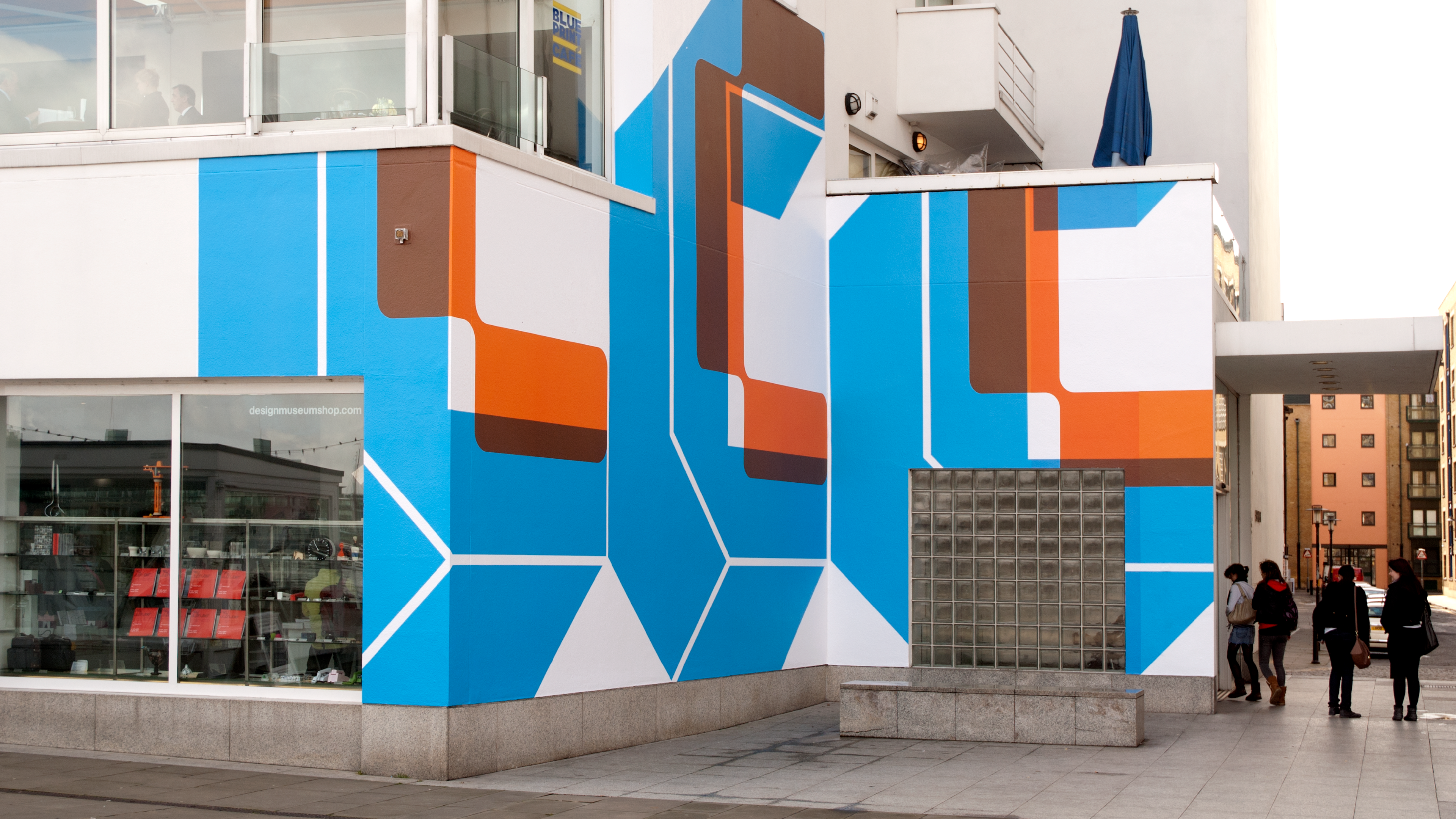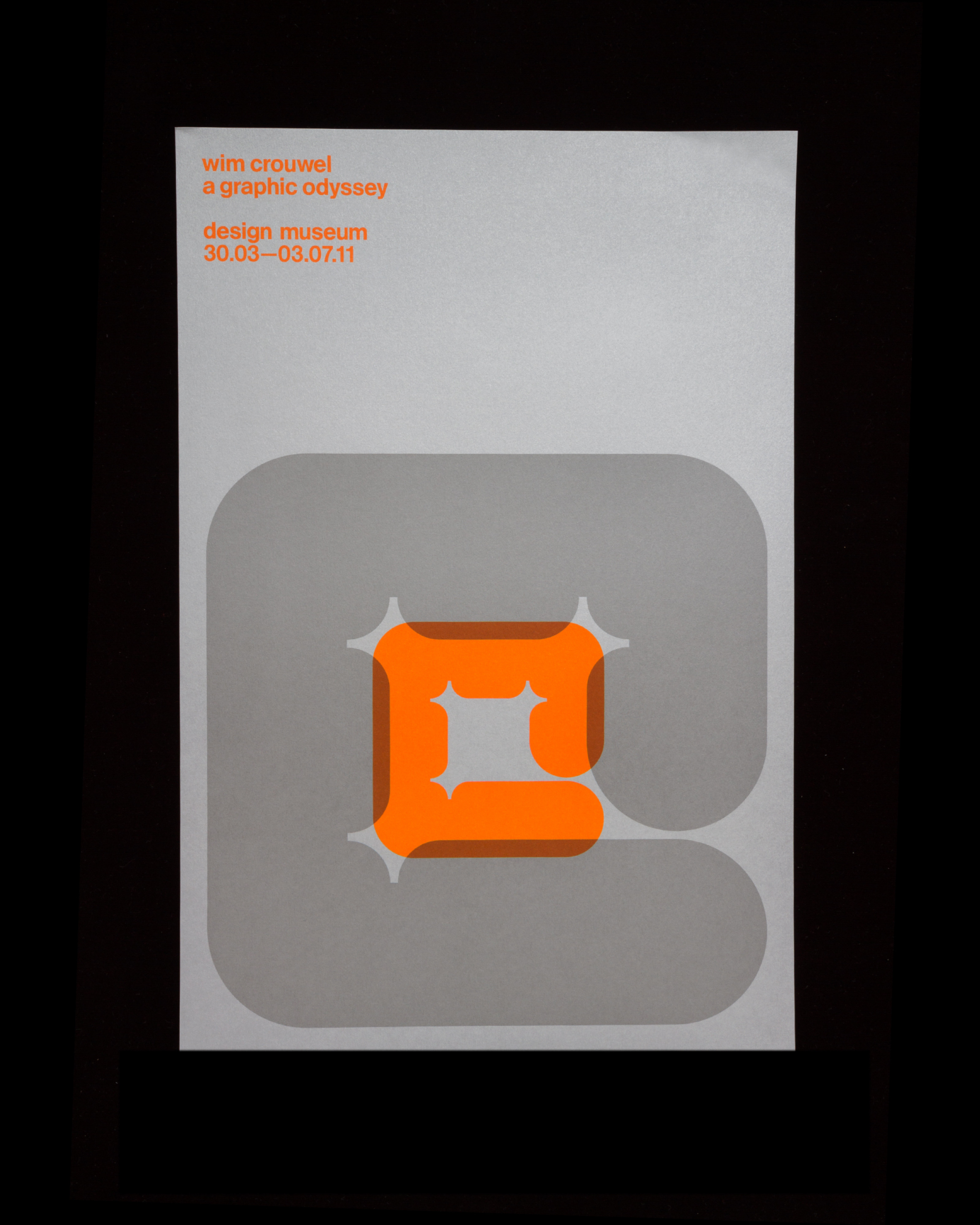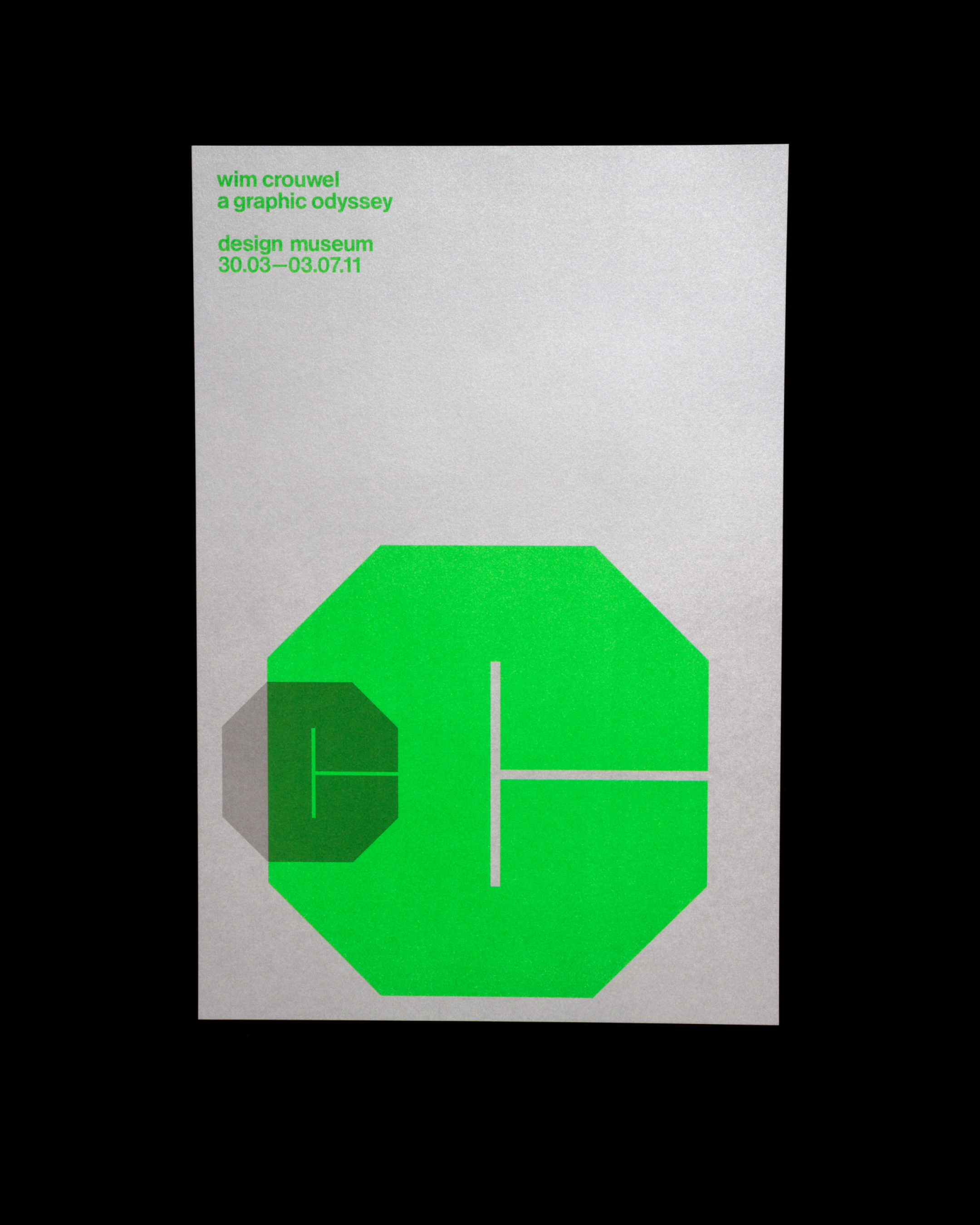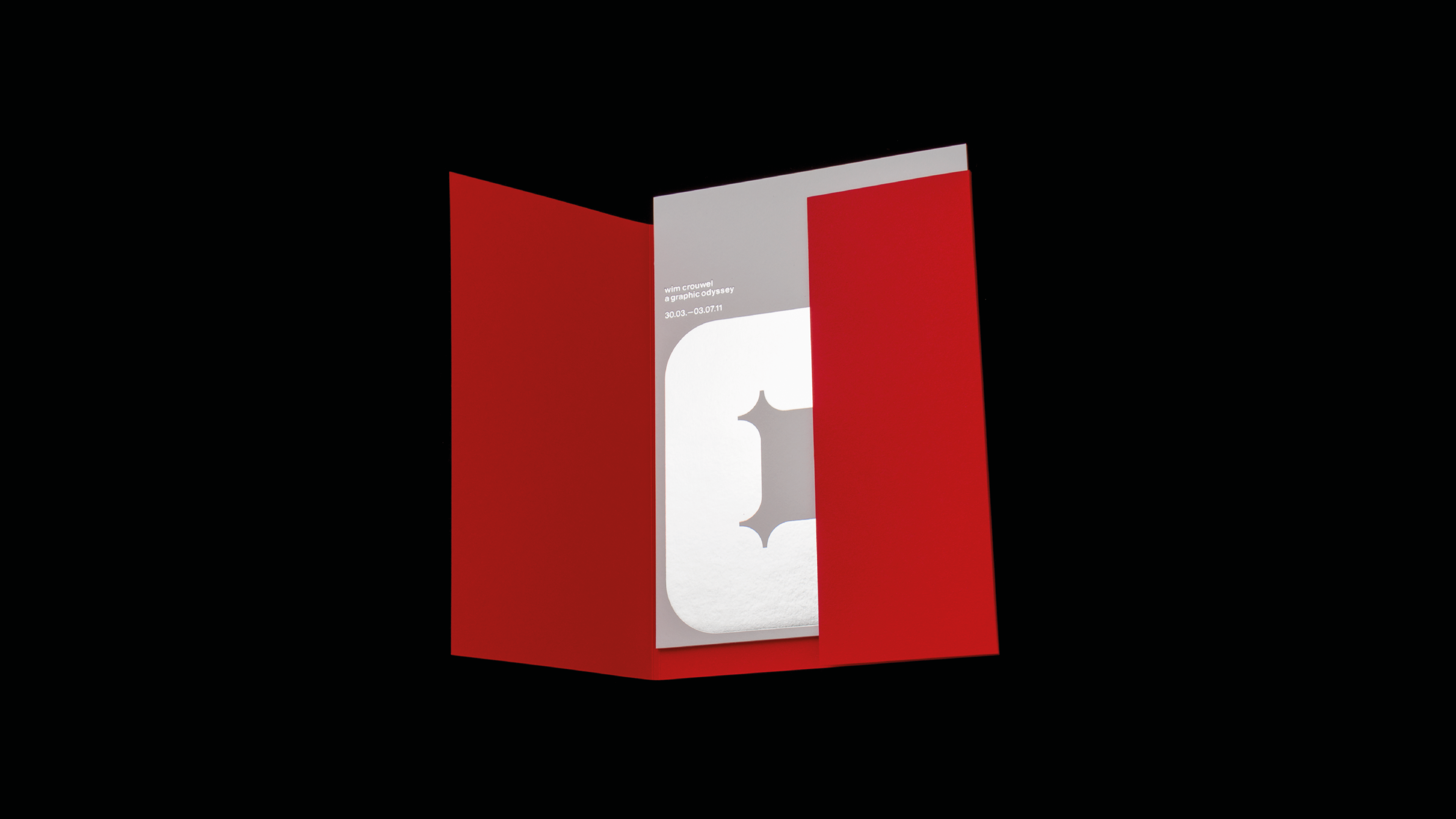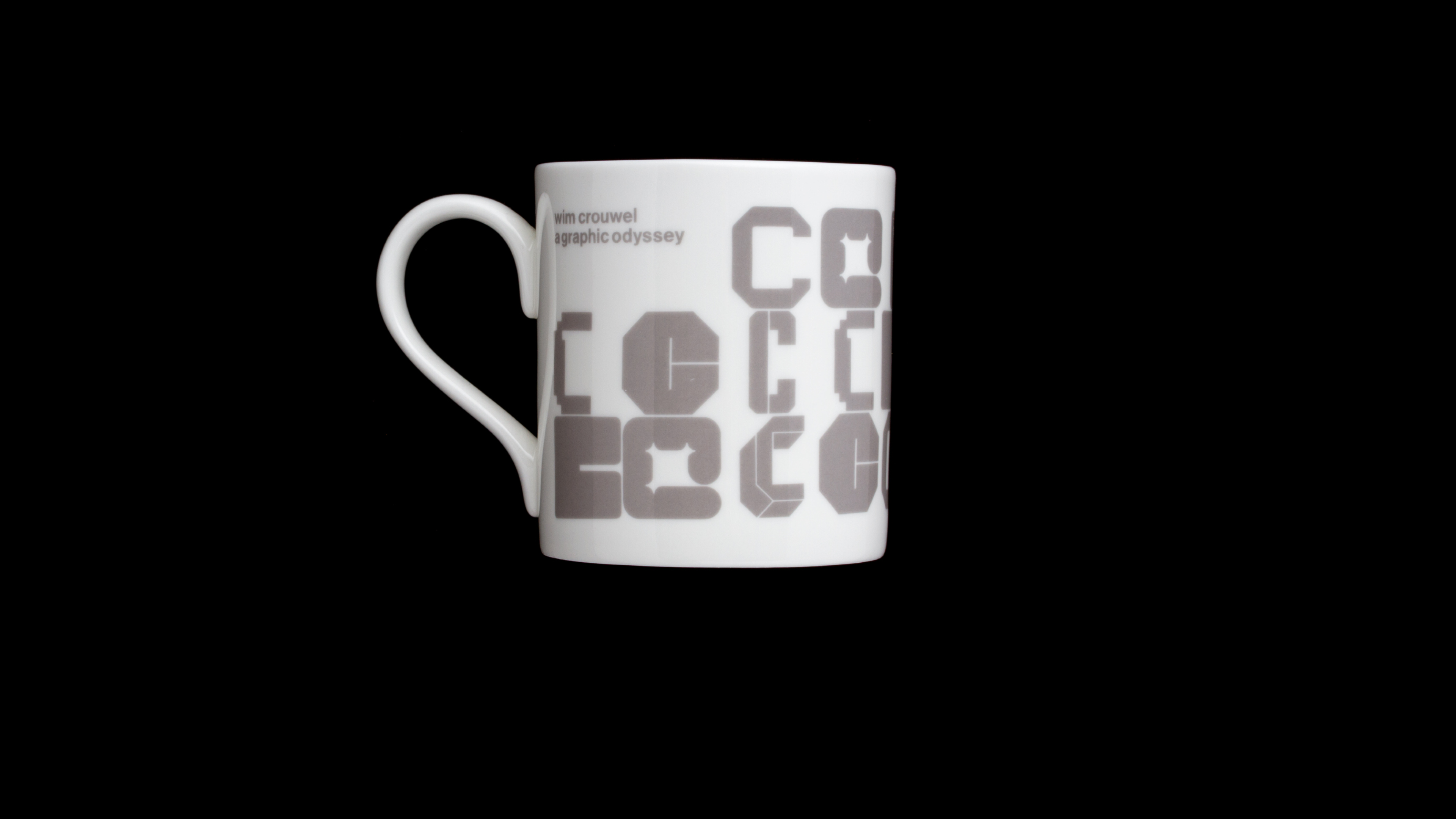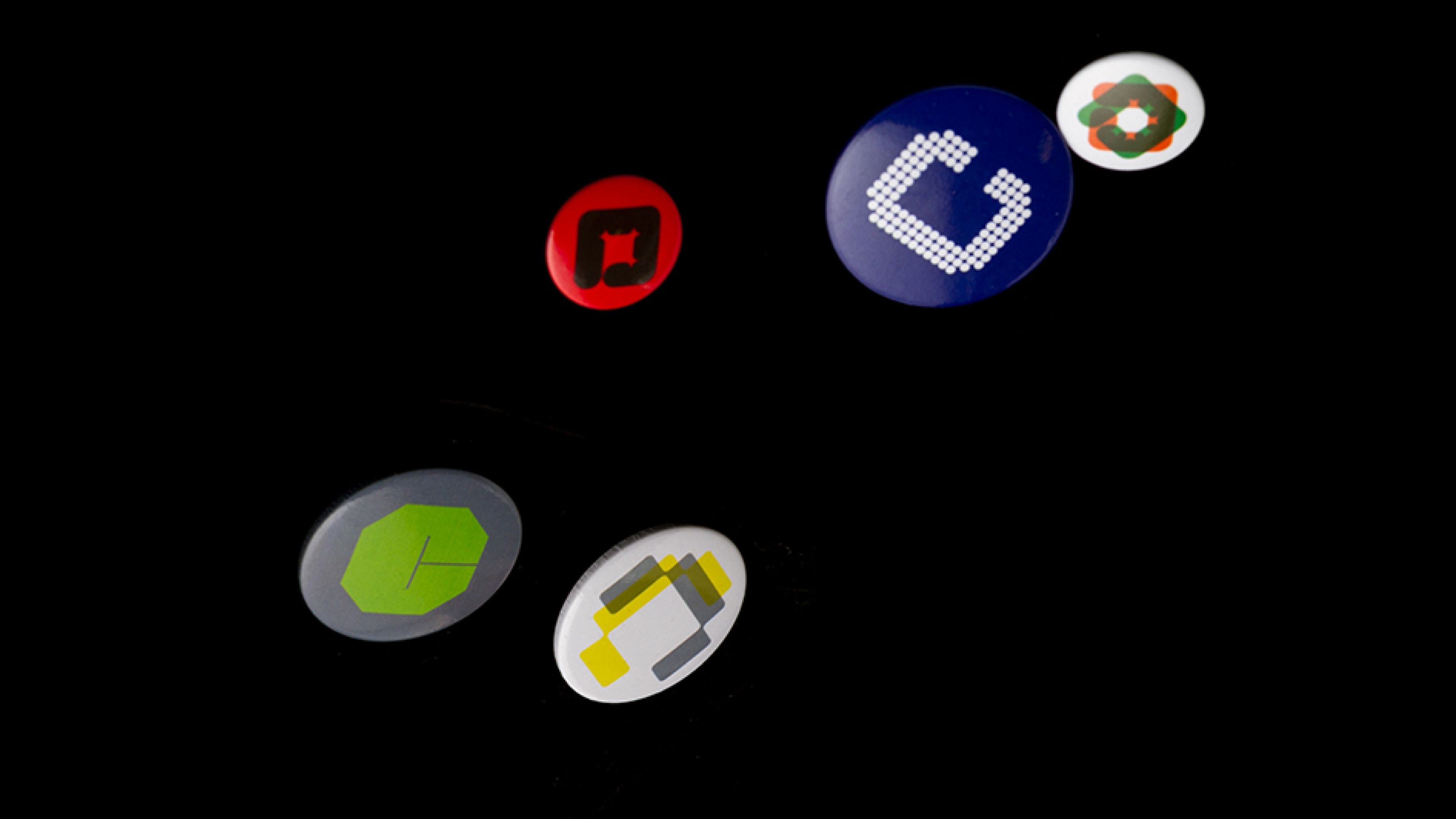
Supergraphics
Wim Crouwel: A Graphic Odyssey was held at London's Design Museum in 2011.
As a long-time admirer and collector of his work, our creative director Tony approached the Design Museum in London with a proposal for an exhibition on Crouwel, which was to be his first UK retrospective. The guiding intention was to contextualise his work and demonstrate its importance for modern visual culture, showcasing his influences, contemporaries and contemporary influence.

Exhibition design
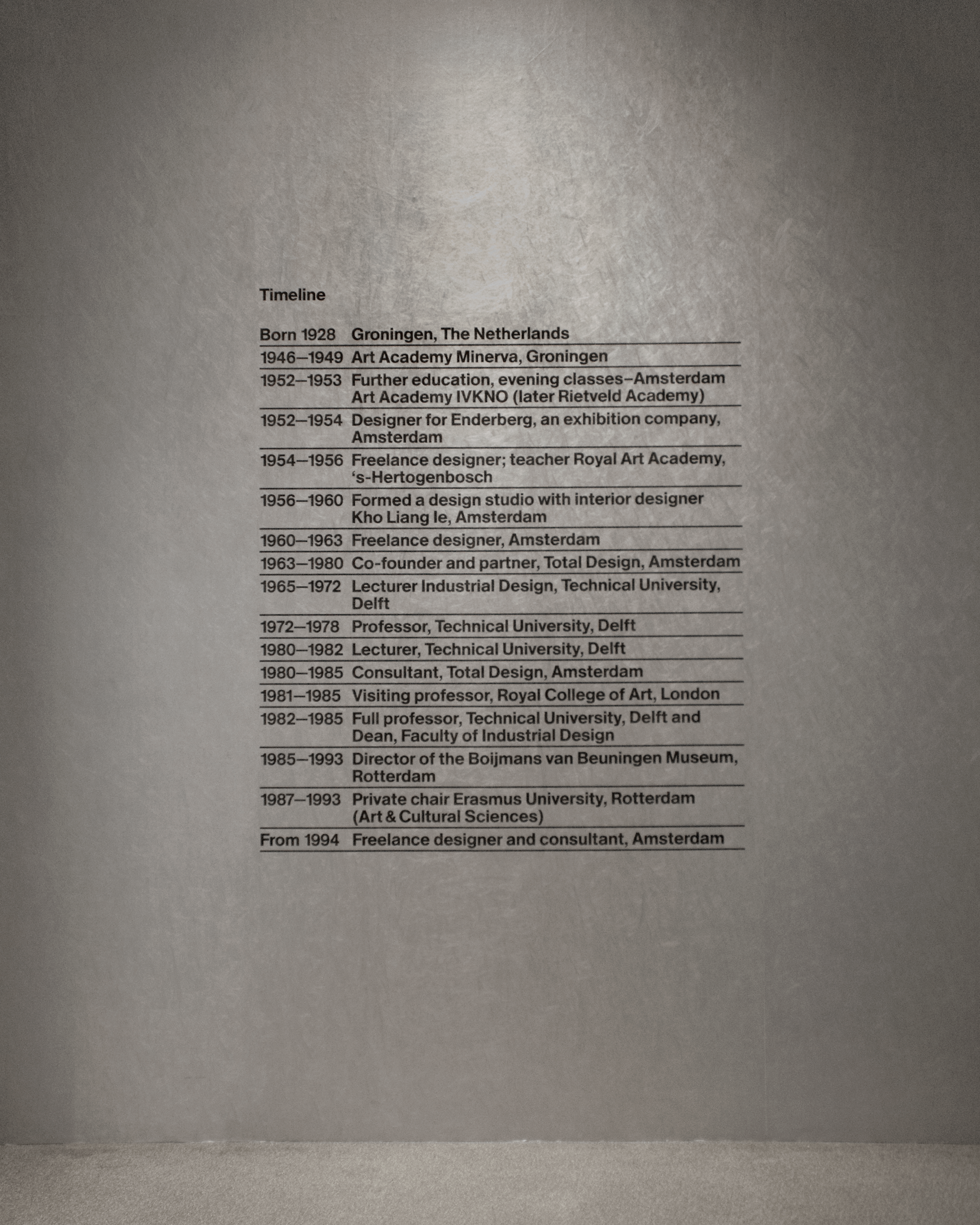
Acknowledged as one of the most important graphic designers of the twentieth century, Crouwel was frequently celebrated for his dedication to the tenets of modernism and for his lasting influence on the discipline.
In 1963 he co-founded Total Design, the Netherlands’ first multidisciplinary design studio; Crouwel and his colleagues went on to have a significant influence both on the cultural identity of the Netherlands and on design in the twentieth century and beyond, and he later taught at various universities and was appointed director of the Boijmans van Beuningen Museum in Rotterdam.

Wallpaper
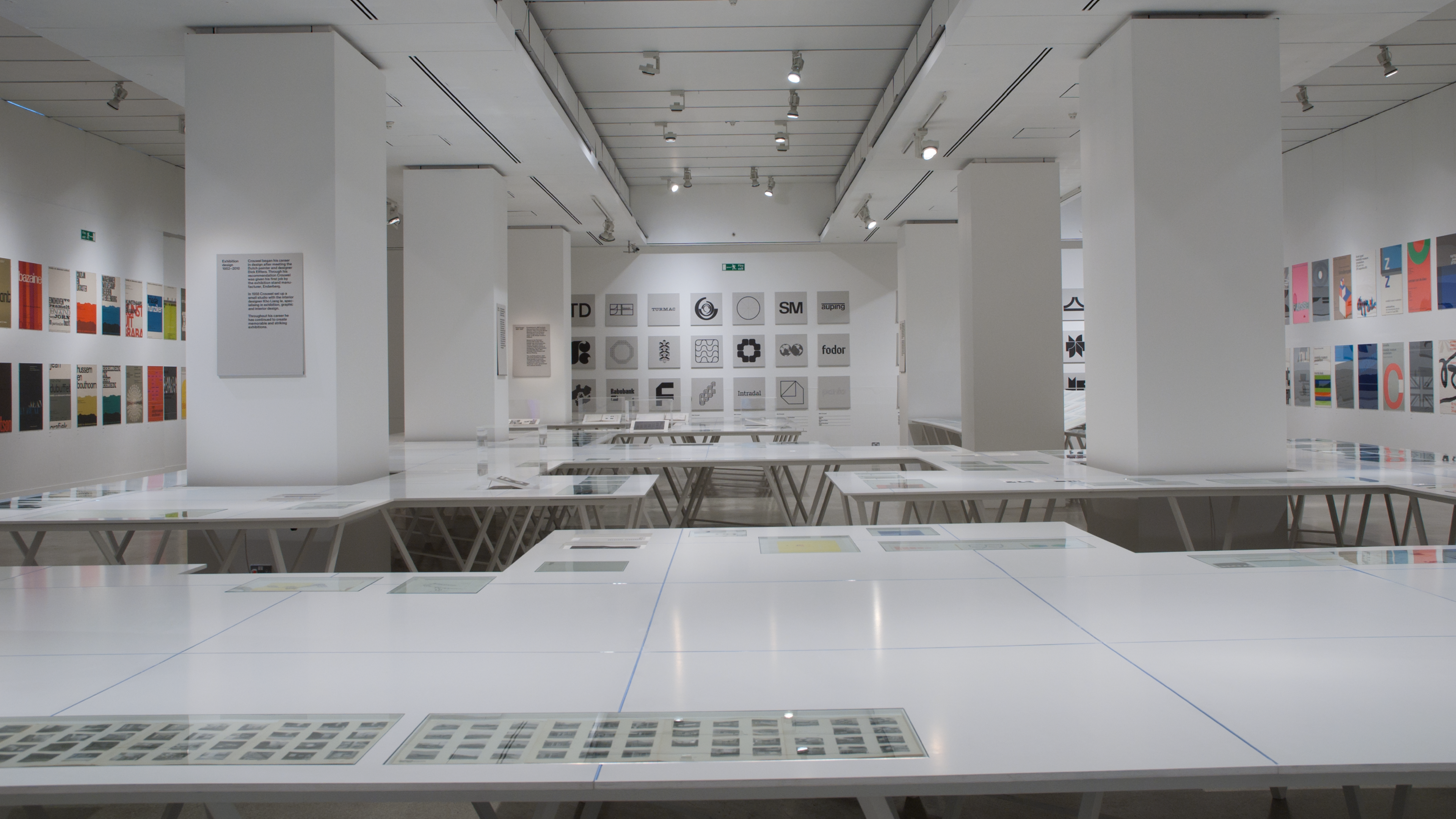
Crouwel's forward-looking methods combined modernist visual principles with technological aesthetics: Space Age futurism, industrial landscapes, the advent of the computer age. Interested, as he often declared, in the aesthetics of ‘neutrality’, he has been noted for his love of grid systems and typographically led design. His was an approach which fused the rational with the creative, the logical with the experimental.
In addition to Tony’s co-curation of the exhibition, we created the exhibition identity, external supergraphics, signage, catalogue, posters, and other retail and marketing materials. We conceived of our approach as a contemporary interpretation of Crouwel’s work, while showcasing it with the clear-eyed and comprehensive view it deserved. The core premise of the identity was simple and typographically focused, centring around Crouwel-designed C-letterforms.
Posters
Invitation and merchandise
We also tried to include some more unexpected approaches to Crouwel’s legacy: a ‘New Alphabet Rug’ featuring his famous typeface of the same name, for example, or a timekeeping app repurposing some of Crouwel’s number designs. Over 36,000 visitors saw the exhibition in London before it travelled to the Stedelijk Museum in Amsterdam, while a version of the exhibition was also shown at the Lighthouse in Glasgow.
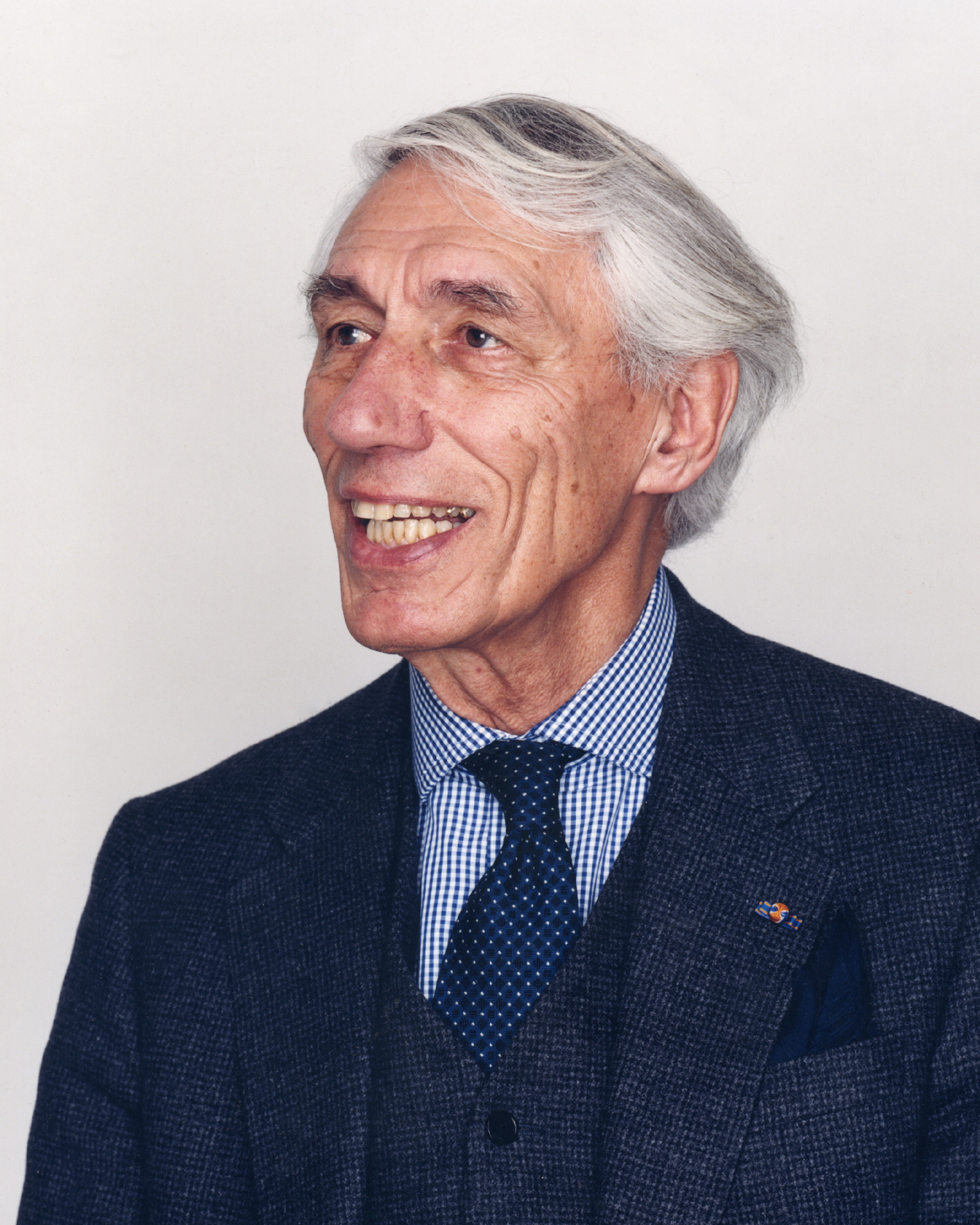
The legendary Wim Crouwel
